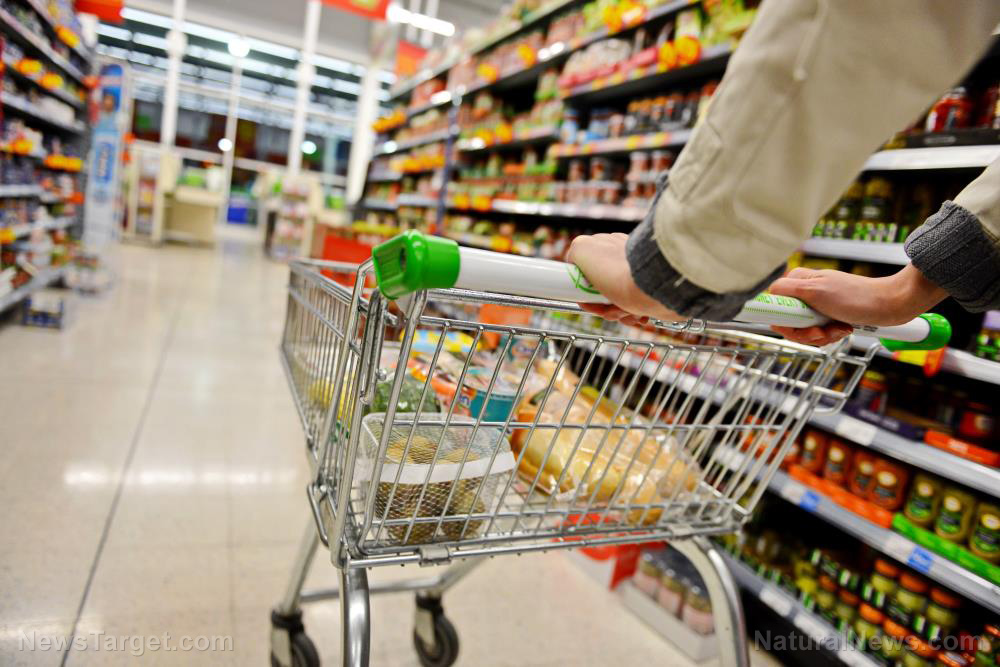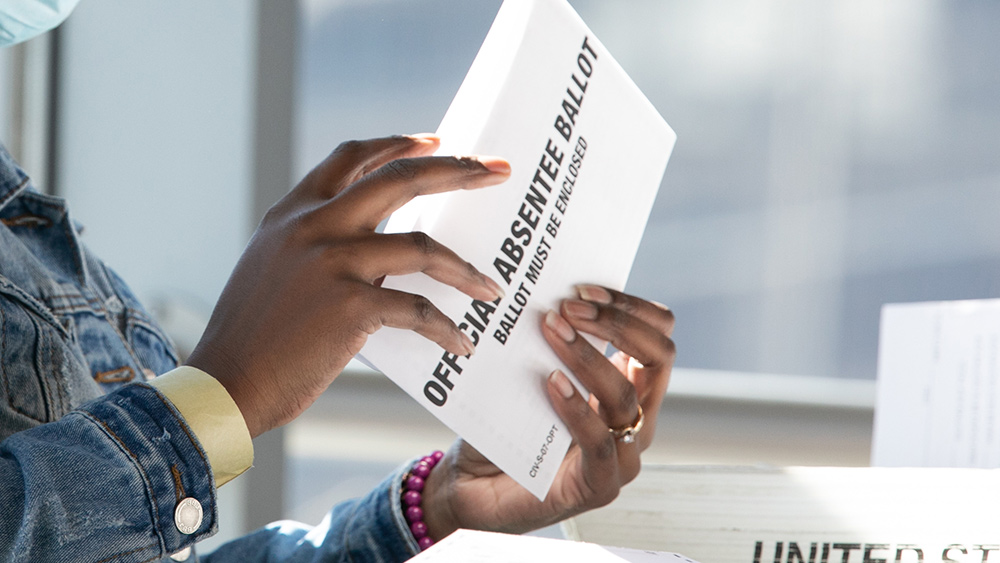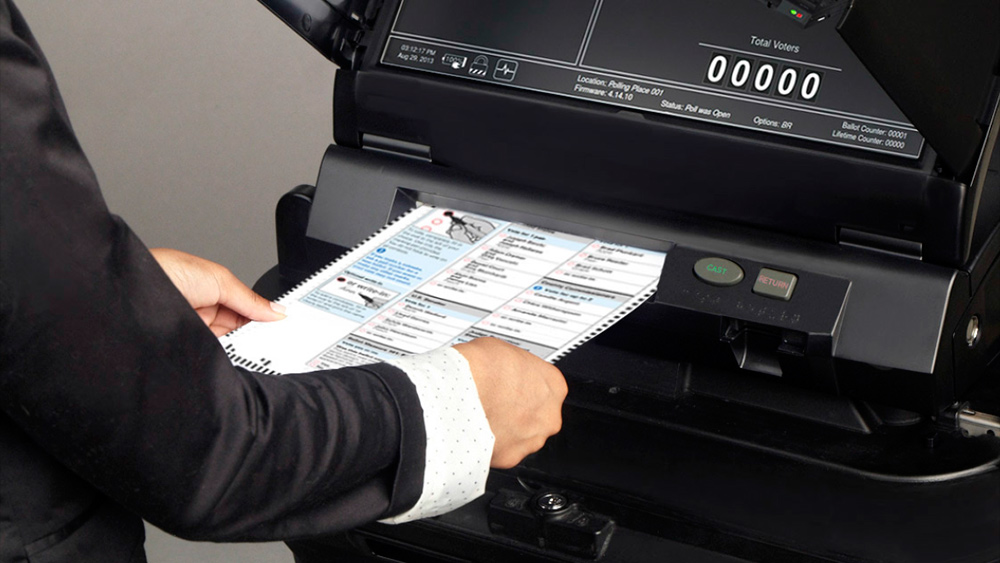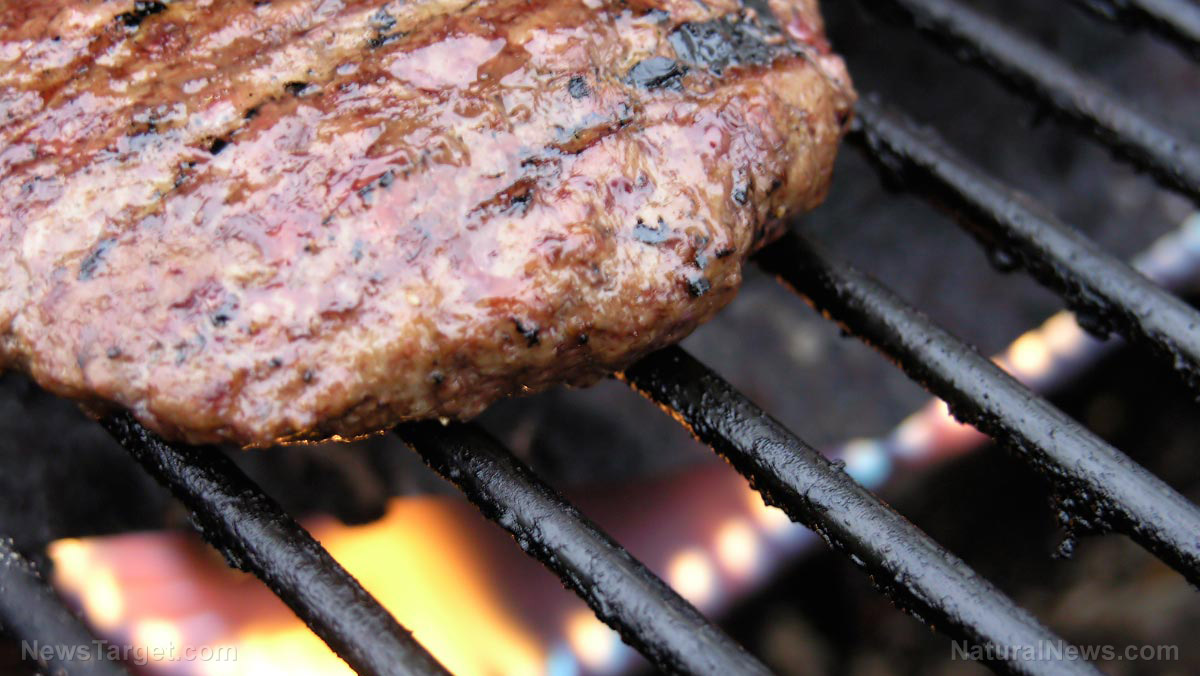Top 5 FAKE FOOD BUSTS of 2022
10/14/2022 / By S.D. Wells

There is far too much food fraud to expose every company and corporation responsible, because just like going fishing, you can’t catch them all — but you can get some. So, here are 5 of the most interesting cases of counterfeit foods and knock-offs that got busted for fraud already this year. These fraudsters and their products can be dangerous to consumer health or just a detriment to hard working folks who serve up the real thing.
The case of the wanna-be-Wonka chocolate bars
Everyone has heard of Willy Wonka and his famous chocolate. You may even want to try a “Wonka chocolate bar” to see what all the fuss is about, but watch out, as it could be an imposter, a fake, a fraud, an illegal copycat – as what recently popped up in the United Kingdom at retail outlets. The danger to consumers is that the knock-off-Wonka-wanna-be chocolate bars contained undeclared hazelnuts, so anyone with severe allergies to those could have been in grave health danger had they consumed them.
The cheap packaging is what got the Wonka-counterfeiters busted. It was the second time the same guy got busted in 2016 for counterfeiting food or candy. The real brand owner of the Wonka chocolate bars is Nestle, and not that any natural health advocates should support them, but fraud is fraud, so this example hits the list of top 5 fake food busts of 2022.
Next on the food fraud chopping block comes water-diluted milk
How often this fraud happens nobody knows, but somebody finally got busted. After passing quality control tests, a tanker-truck built in Italy for transporting milk was modified so the milk could be watered down inside the stainless steel tanks just before unloading, and prior to getting pumped into the holding tanks of the purchasers. This is some expensive fraud, so you can only imagine how badly purchasers were getting ripped off. The danger to consumers in this case is the water, believe it or not. If the water used to dilute the milk is contaminated, the whole tank could be, and then cleaning the tank with the modifications made could pose problems also.
From ocean to… seafood smuggler… to table
A massive illegal seafood smuggling ring was uncovered in China just last February. An estimated 10 percent of all seafood comes to market through smugglers who want to avoid tariffs, regulations, and taxes. Seafood smugglers have many reasons to do what they do, including fishing in illegal catch areas, exceeding catch quotas, and catching and selling fish that are off limits (even under threat of extinction). Then they just mislabel those fish and who knows who’s getting what. It could be expired with the wrong date on it too.
Some grains and cereals from Eastern Europe labeled ‘organic’ may just be conventional foods grown with pesticides
Faking an organic qualification saves fraudsters a fortune, that is, until they get caught. Some grain and cereal suppliers from Eastern Europe got busted this year making false claims about the ‘organic’ and ‘bio’ status of certain cereals and grains that were sold as bulk commodities. This was easier to slide under the radar with all the supply chain issues going on worldwide, but a shipment of conventional oats labeled as organic got seized by authorities in Italy, for example.
Fraudsters claim the wrong country of origin for certain foods to make extra money
Packaged retail products around the world suffer regularly from ‘country of origin’ fraud. Lots of contaminated products from China will be labeled any other country to avoid the stigma and the extra-careful inspections. This year in Italy, a market operator allegedly committed country-of-origin fraud with some legumes, spices, and dried fish, saying they were from Japan and Africa, when in actuality they came from countries that were considered ‘at risk,’ thus requiring official clearances that might have kept them from ever being sold.
There are food fraud databases and food forensic scientists with labs, including the Health Ranger’s lab and published book, where you can do your own research and find out the authenticity of all kinds of products from all around the world. Let your fingers do the walking, it’s a snap.
Tune your food news frequency to FoodSupply.news and get updates on more toxic foods and food shortages coming to stores near you.
Sources for this article include:
Submit a correction >>
Tagged Under:
clean food watch, conspiracy, corruption, deception, fake food, faked, food fraud, food security, food supply, frankenfood, fraudulent food, fraudulent label, grocery, milk fraud, products, seafood fraud
This article may contain statements that reflect the opinion of the author
RECENT NEWS & ARTICLES
COPYRIGHT © 2017 FAKED NEWS



















